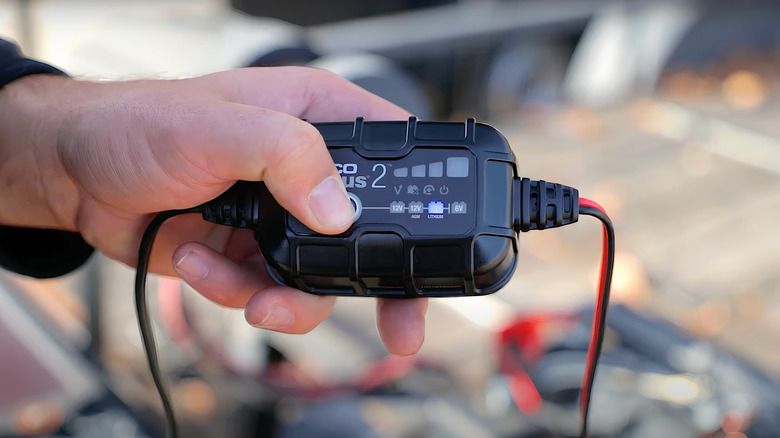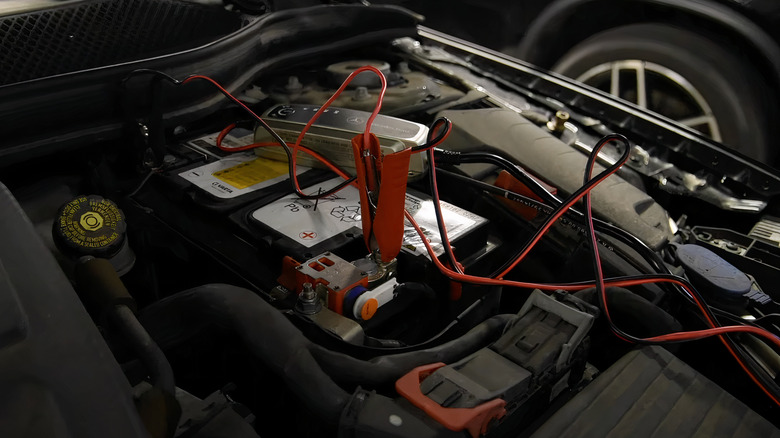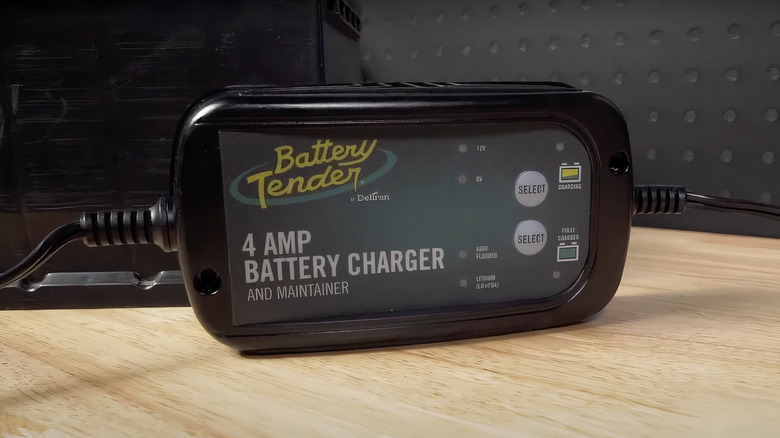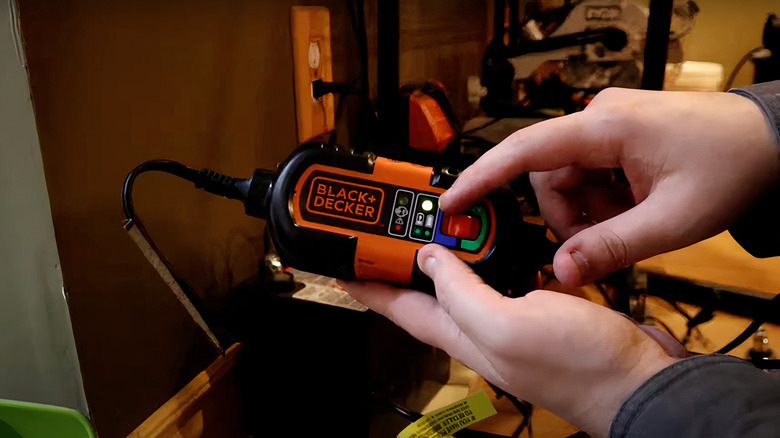Trickle Charger: What It Is (And How To Use One)
Car owners can find themselves having to develop a deep involvement in the maintenance and upkeep of their vehicles, especially when it comes to paying special attention to the health of their batteries. This dedication has led to the widespread use of what has become an essential device known as trickle chargers. These tools have become real difference makers in the automotive care sector, mostly because they are uniquely designed to effectively ensure your individual vehicle remains powered up and prepared for use. But what makes them so special and different from the standard model consumers are probably more familiar with?
The main difference between a standard charger and a trickle charger lies in the methods these electrifying instruments utilize to spark some life into the vital component. The typical model delivers a higher constant voltage to the automobile's energy source, causing it to replenish power much faster. A trickle charger, on the other hand, is better suited for long-term use to maintain a fully reloaded battery.
The instrument is undeniably a great addition to anyone's collection of equipment specifically geared toward taking care of their primary source of transportation, especially since it excels at preventing the common issue of battery drain, ensuring that owners can enjoy uninterrupted performance from their vehicles, which is why having a thorough understanding of their function and importance can be a key element in ensuring the longevity of one's battery and ride.
Here's how they actually work
The best way for vehicle owners to take advantage of what this automotive asset has to offer is to master its power-giving abilities. A trickle charger supplies a constant, low-level charge to a battery, typically at a rate of one to three amps of power. This slow and steady resupply process helps prevent the loss of enough charge to stop it from working, and it is designed to maintain a fully boosted battery over an extended period. The time it takes to fully replenish can vary depending on how much juice it has left and the overall size of that particular ride's source of energy, but it can take up to 24–48 hours to reach capacity, and in some cases, smarter trickle chargers can be left connected for days or weeks at a time.
The process for using a trickle charger is pretty straightforward. The first thing is to have the automobile parked in a safe, well-ventilated area to avoid hydrogen gas buildup. The next step is to set the appropriate voltage and amperage settings. Find a suitable ground location on the vehicle's frame or chassis. Connect the charger using the red clip to the positive terminal of the battery and the black clip to the negative terminal. After ensuring the connections are secure, plug in the device and turn it on. The amp meter should read higher for a dead battery and lower as it keeps feeding its power. If it reads low or doesn't start, check the ground connection and retry. All that is left to do is to make sure to keep the tool connected until it is finished restoring power.
The different types of trickle chargers to consider
Knowing what something is and how to use it is great, but it's also important to have a good idea of which one is the best fit. Vehicle owners should be aware that there are two types to choose from when it comes to proper trickle charger selection. People can either go with the traditional models or opt for a smart version of the automotive care tool.
Those considering going the route of the conventional versions should be well aware that they are associated with older technology; despite that, they remain very effective for maintaining a battery's energy level, although this process may take some time. On the other hand, smart trickle chargers feature cutting-edge technology that automatically cuts off the power supply upon returning the battery to its full charge, preventing any chances of overcharging or causing any potential damage. The advanced models are known to be tailored to charge specific types and sizes of batteries, making them a more versatile and convenient option for various applications such as cars, motorcycles, boats, and other vehicles.
Consumers are fortunate to have several options to select when it comes to picking out the perfect trickle chargers, as there happen to be a few solid candidates available on the market. According to USA Today, the models that registered as the best-reviewed for 2023 that people should keep an eye out for include the CTEK Automatic Battery Charger, NOCO Genius GEN5X2 Smart Charger, Schumacher SC1281 Smart Battery Charger, and Black & Decker BC15BD. These and other models can probably be found at most retail outlets that sell car care products and can also be purchased on Amazon.
The pros and cons of using trickle chargers
Before investing time and money into picking the right trickle charger, people should realize it's a substantial commitment that deserves to be looked at carefully, and all the pros and cons should be taken into account first. On the positive side, they have been known to be of great assistance for things like combating self-discharge, preventing sulfation, and keeping the battery warm, which is particularly advantageous when they are left unused for long periods or are stored in cold conditions.
The slower charging rate is very beneficial for the long-term health of the car battery, and the fact that these tools can provide a consistent flow of juice at low speeds reduces the risk of overcharging. In addition, they also provide cost-effective battery maintenance, eliminating the need for professional recharging, and help vehicle owners save money in the long run by prolonging battery life, negating any need for replacement expenses.
However, consumers should realize there are some drawbacks to using trickle chargers. If they are not monitored properly, there is a chance that they can cause the battery to overheat, leading to a slew of potential risks. They also could fail to power up a completely dead battery, and if it is left connected for a prolonged period, they can cause overcharging and damage the battery. They are also not recommended to be relied upon to jumpstart a dead battery. Whichever option people ultimately decide to go with, it's clear that taking the time to determine the right charging tool is crucial in ensuring effective and safe long-term vehicle maintenance.



